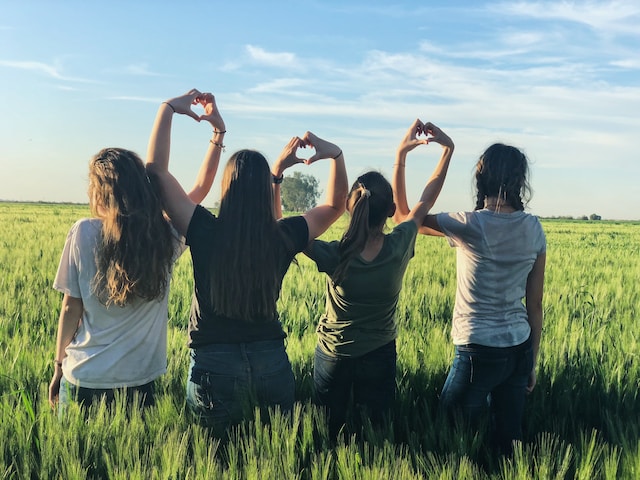Introduction:
In today’s diverse and interconnected world, building bridges between different communities is crucial for fostering inclusivity and breaking down barriers. By promoting understanding, empathy, and collaboration, we can create stronger and more harmonious societies. In this article, we will explore the importance of building bridges and discuss practical ways to promote inclusivity in our communities.
1. Embracing Diversity:
One of the first steps towards building bridges is embracing diversity. Our communities are made up of individuals from various backgrounds, cultures, and identities. By recognizing and celebrating these differences, we can create an environment that values and respects everyone’s unique contributions. Embracing diversity also means actively seeking out diverse perspectives and experiences, which can lead to more innovative solutions and a richer community fabric.
2. Encouraging Dialogue and Communication:
Open and honest dialogue is essential for building bridges and breaking down barriers. Encouraging respectful conversations allows individuals to share their experiences, challenges, and aspirations. By actively listening and engaging in meaningful discussions, we can gain a deeper understanding of each other’s perspectives and build empathy. This dialogue can take place through community forums, workshops, or even informal gatherings where people can come together to exchange ideas and learn from one another.
3. Promoting Education and Awareness:
Education plays a vital role in fostering inclusivity. By promoting education and awareness about different cultures, histories, and social issues, we can challenge stereotypes and misconceptions. Schools, community organizations, and local institutions can collaborate to develop inclusive curricula, organize cultural events, and provide resources that promote understanding and appreciation for diversity. This knowledge empowers individuals to become advocates for inclusivity and actively work towards breaking down barriers.
4. Creating Safe Spaces:
Creating safe spaces is crucial for fostering inclusivity within our communities. These spaces should be free from discrimination, prejudice, and harassment. They should provide a supportive environment where individuals feel comfortable expressing themselves and sharing their experiences. Safe spaces can be physical locations, such as community centers or support groups, or virtual platforms that facilitate online discussions and connections. By establishing safe spaces, we can ensure that everyone feels valued and included.
5. Collaborating and Building Partnerships:
Building bridges requires collaboration and partnerships between different community groups, organizations, and institutions. By working together, we can pool resources, share knowledge, and amplify our collective impact. Collaborative initiatives can include joint projects, events, or campaigns that promote inclusivity and address common challenges. These partnerships can also foster a sense of belonging and create a network of support for individuals from marginalized communities.
Conclusion:
Building bridges and fostering inclusivity in our communities is an ongoing process that requires commitment, empathy, and open-mindedness. By embracing diversity, encouraging dialogue, promoting education, creating safe spaces, and collaborating, we can break down barriers and create a more inclusive society. Each of us has a role to play in building bridges, and together, we can create communities that celebrate and value the richness of our differences.











